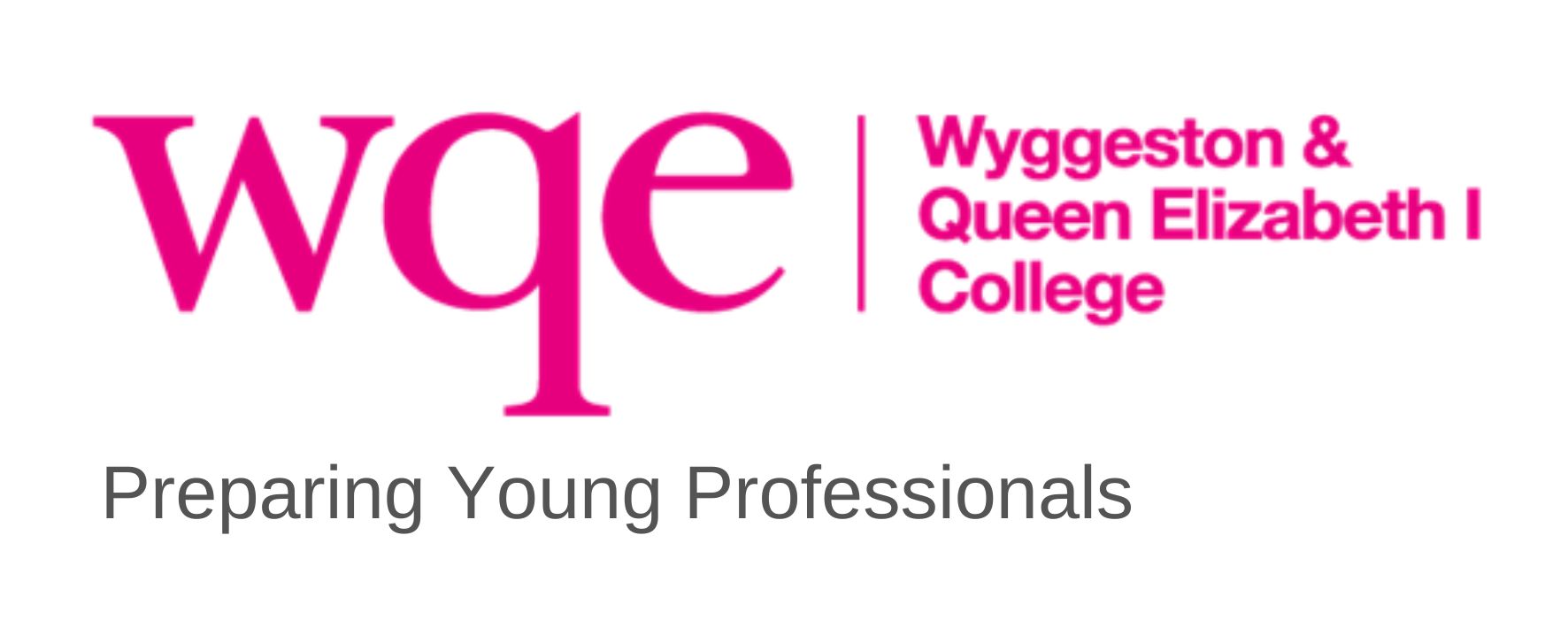Course Overview
Entry Qualifications
In addition to the standard College entry requirements (see below), this course normally requires a student to have achieved Grade 4 or above in a GCSE Art and Design course or Grade 4 in GCSE Design and Technology (Graphic Products or Resistant Materials). Previous photographic experience is useful but not essential, as we start everyone from the very beginning. We will consider applications from students who don’t have Art GCSE but can show they have had experience of photography.
What will I study?
The course sees photography as an exciting art form through which we can communicate our observations about our visual world. The act of seeing intelligently and sensitively is a key concept on this course. On the course we mainly use digital photography, so therefore it is important that you own a DSLR camera. It is very important that the work we do is seen in the context of other photographers and artists, as this is a rich source of ideas, so a lot of time is devoted to studying these. In order to communicate your ideas effectively you must learn how to use photographic equipment, so you will be shown the expressive potential of cameras and lenses, developing and printing in the darkroom, film, exposure, shutter speed and aperture.
How will I study?
Studying photography at this level is very different from everyday snap photography. There is a mixture of practical work and writing about photography generally. Teachers and technicians will show you how to use photographic equipment properly, and how it can be exploited creatively. You will be expected to write up your work and present it in a workbook, and you need to have access to a camera for working at home. There is a very clear structure to the course, but you will be given the opportunity to interpret ideas in your own way and use your own creativity – there is a lot of scope for your imagination! All the work you do is closely related to the ideas and practice of both historical and contemporary photographers and other relevant artists. In the first year you will learn all the necessary techniques and processes to prepare you for the second year, which is more concerned with personal investigations. Your final work will be produced under exam conditions.
How is the course examined?
Students are entered for AQA examinations. The course is made up of two components, Component 1 is portfolio-based and makes up 60% of your final grade, whilst Component 2 is an eternally set exam task worth 40%.
Where next?
Some students progress to degree courses in Photography itself, but students will find A- level Photography useful in supporting applications for further study in wider fields of Art and Design. The course teaches you the skills of visual communication, which will be a valuable asset in a wide range of careers such as advertising, journalism and teaching.
What does the course combine well with?
A wide variety of subjects: Photography combines Art and Science very neatly. Although many students study it alongside art subjects, useful links exist between Photography and Psychology, Media Studies, Film Studies, History, Sociology, Geography and English.
College Entry Requirements
We normally expect applicants to have achieved good GCSE passes in at least six subjects, these must:
• demonstrate the suitability for Advanced Level study
• have been achieved at Grade 4/C as a minimum
• include two at Grade 5/B as a minimum
• include English Language – a minimum grade of 4/C
Mathematics – If not achieved within the scope of the above should normally be achieved at grade 3/D. If mathematics is not achieved at grade 4/C then it will be a requirement to continue to study at the correct level until a grade 4 is achieved. Subjects with a mathematical content will require a higher grade.

